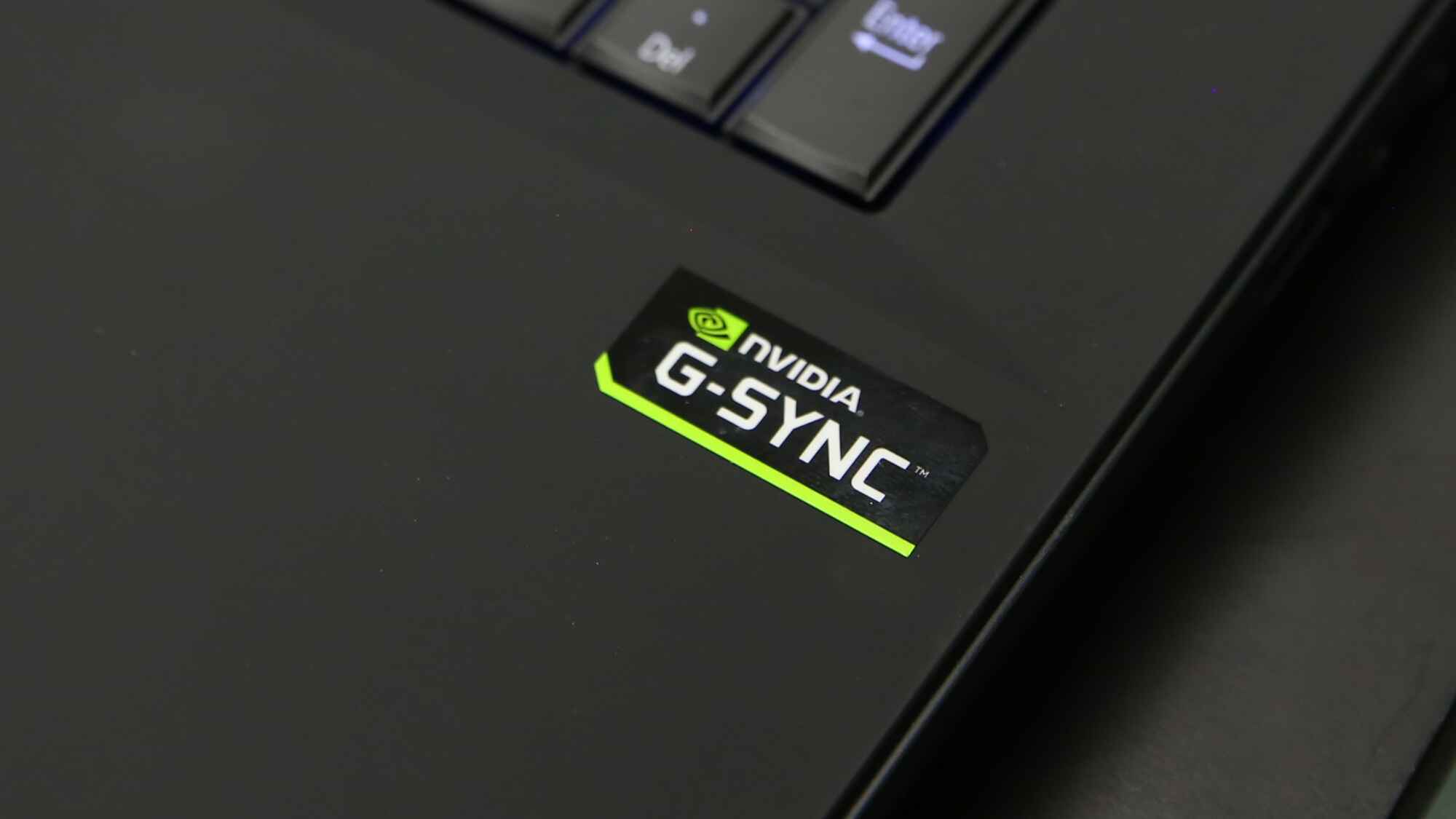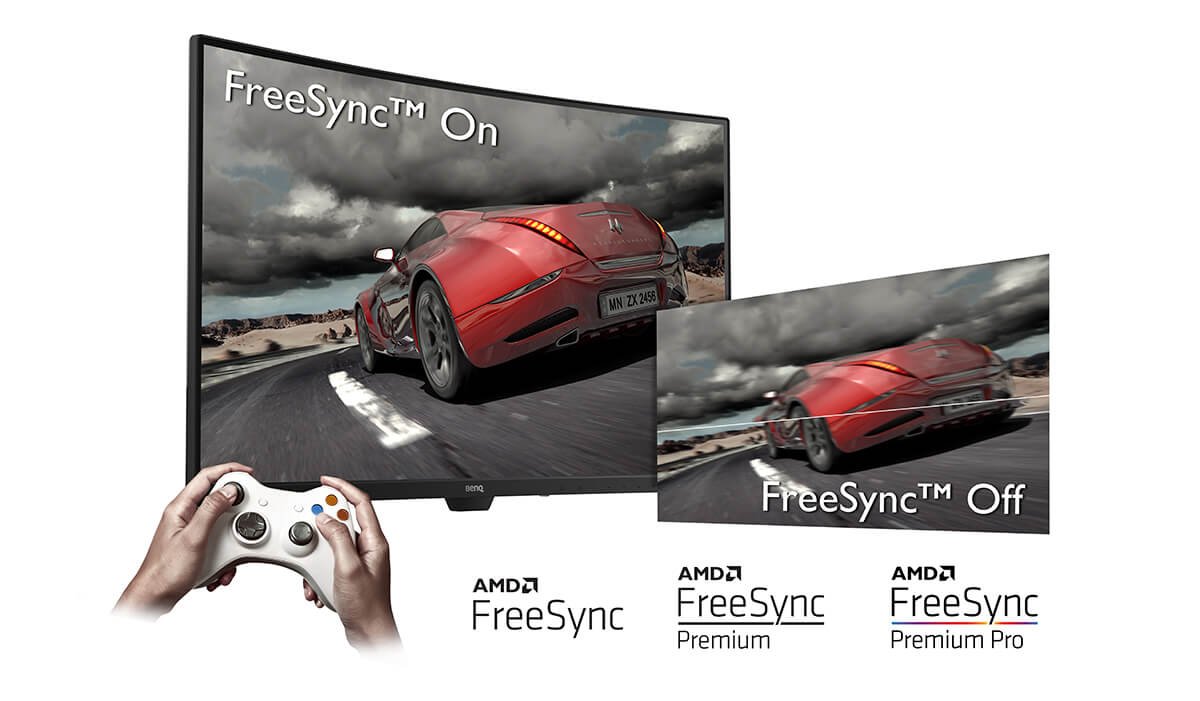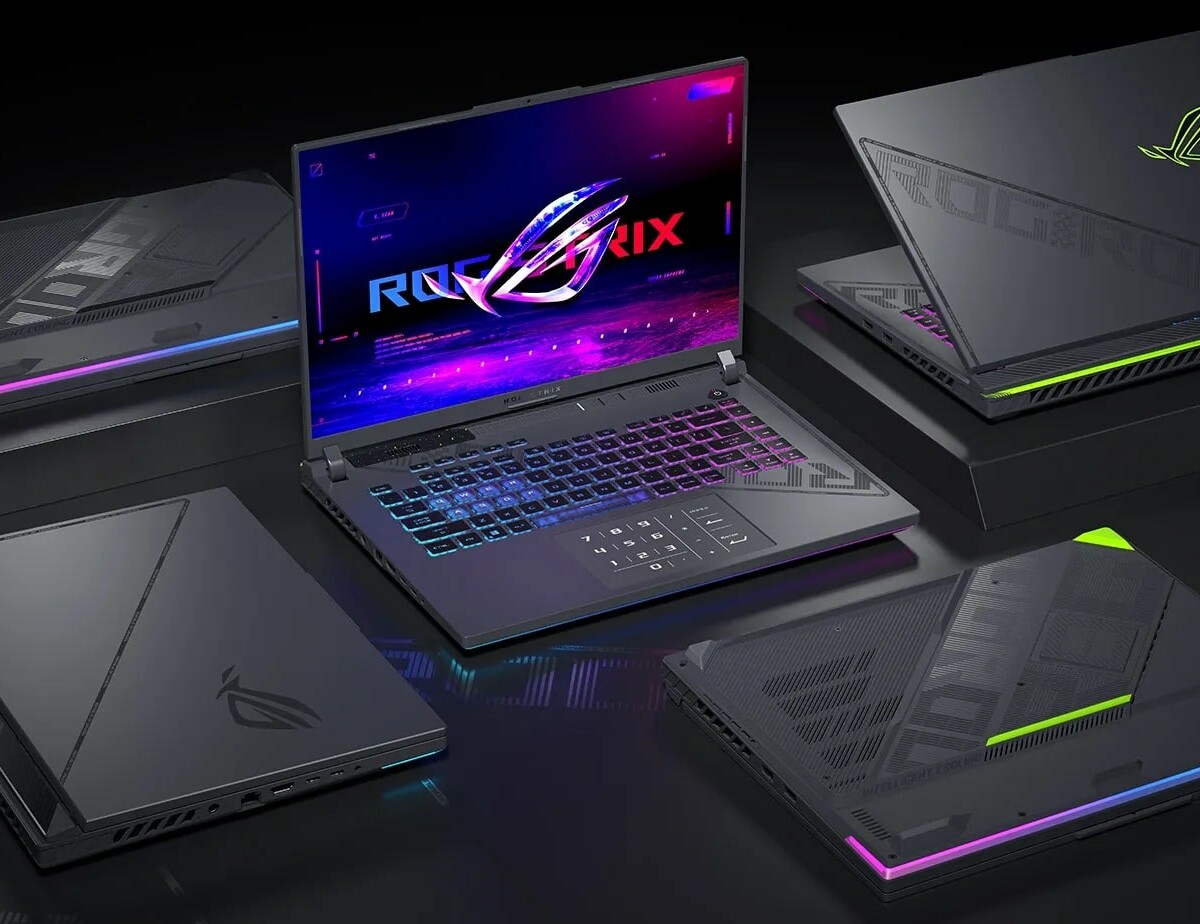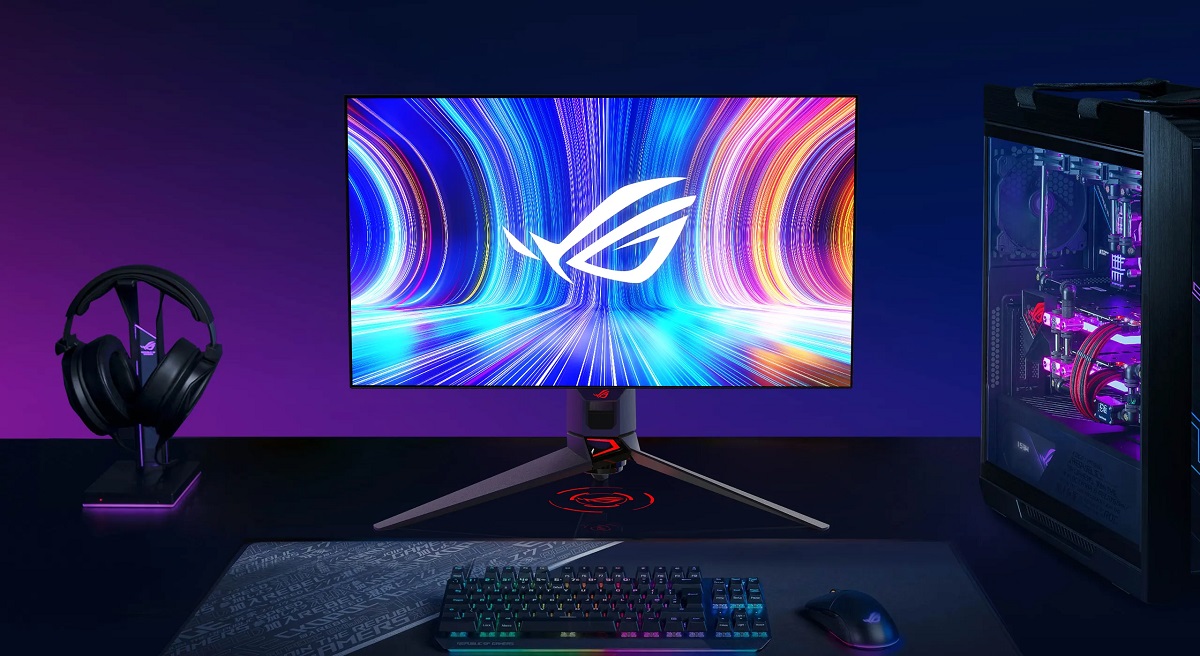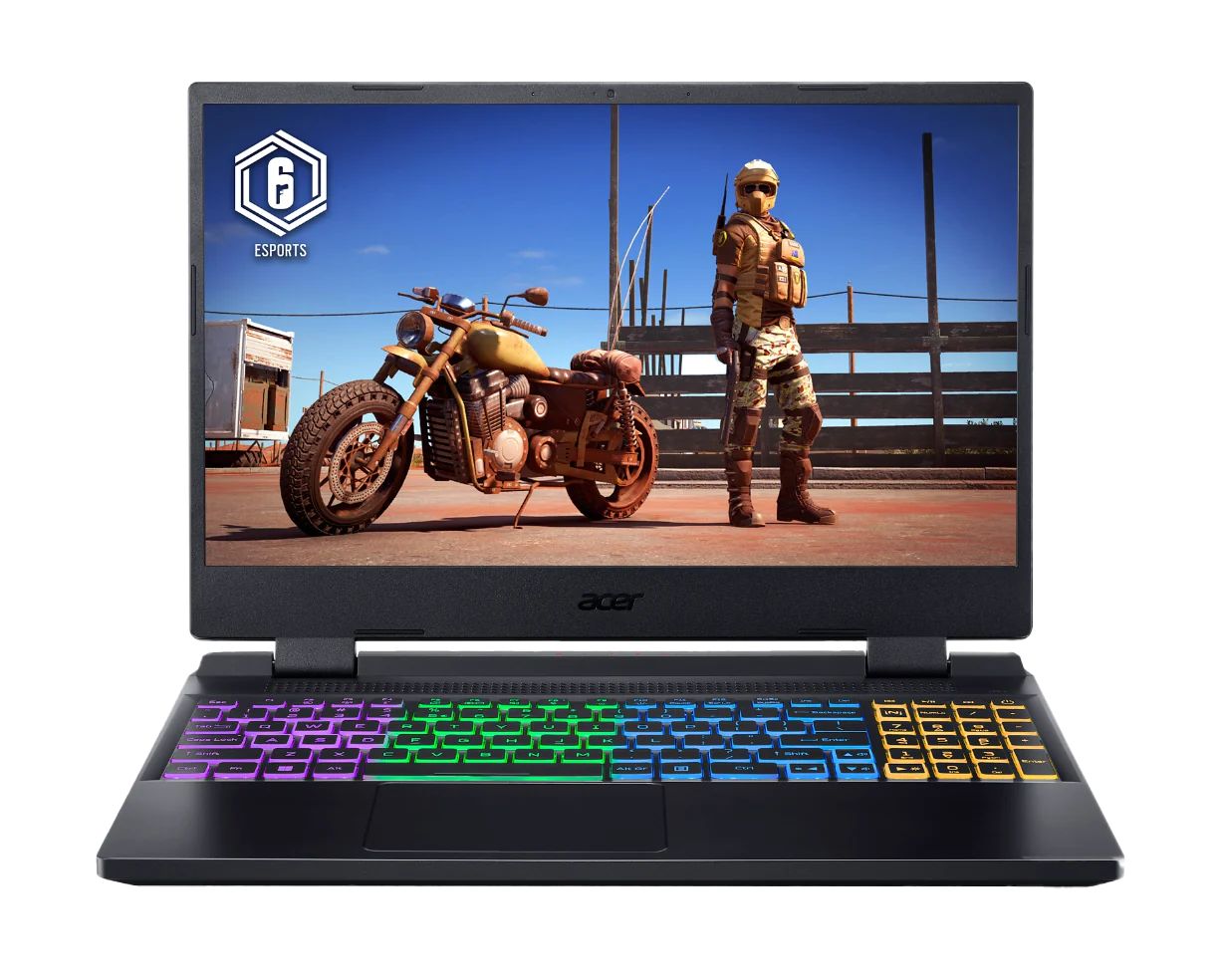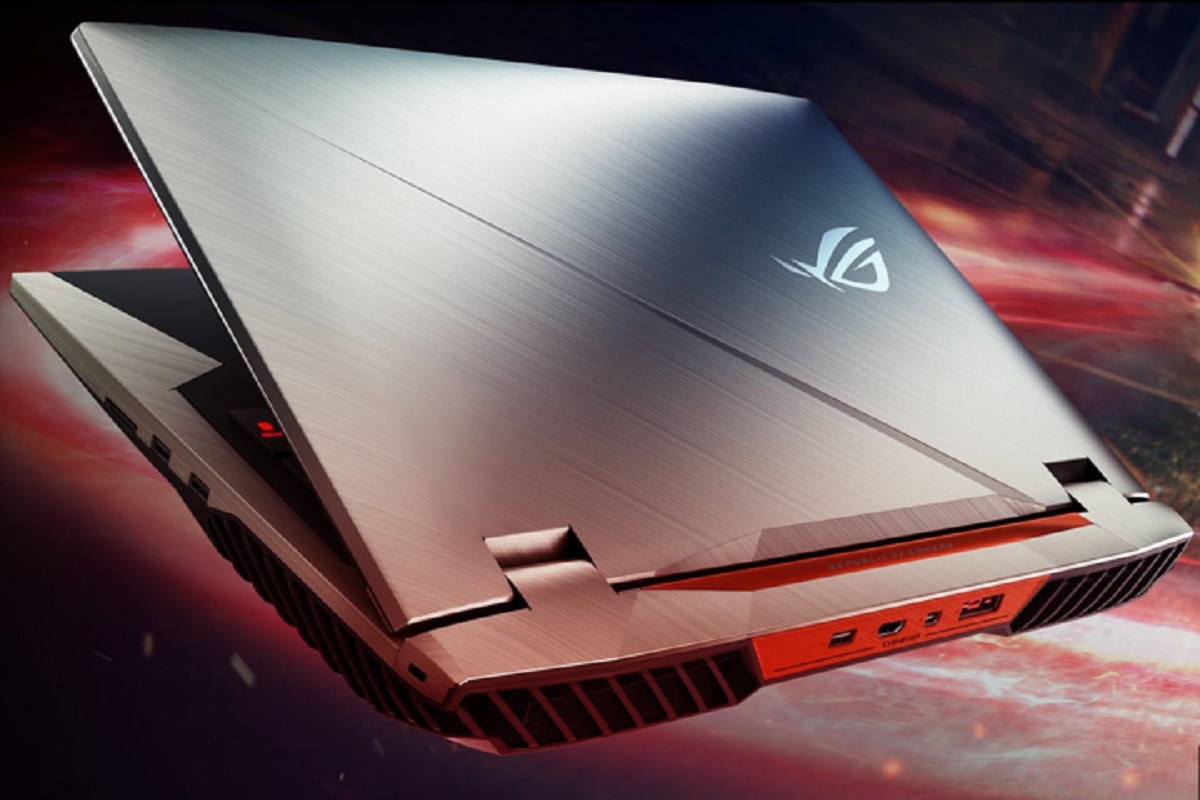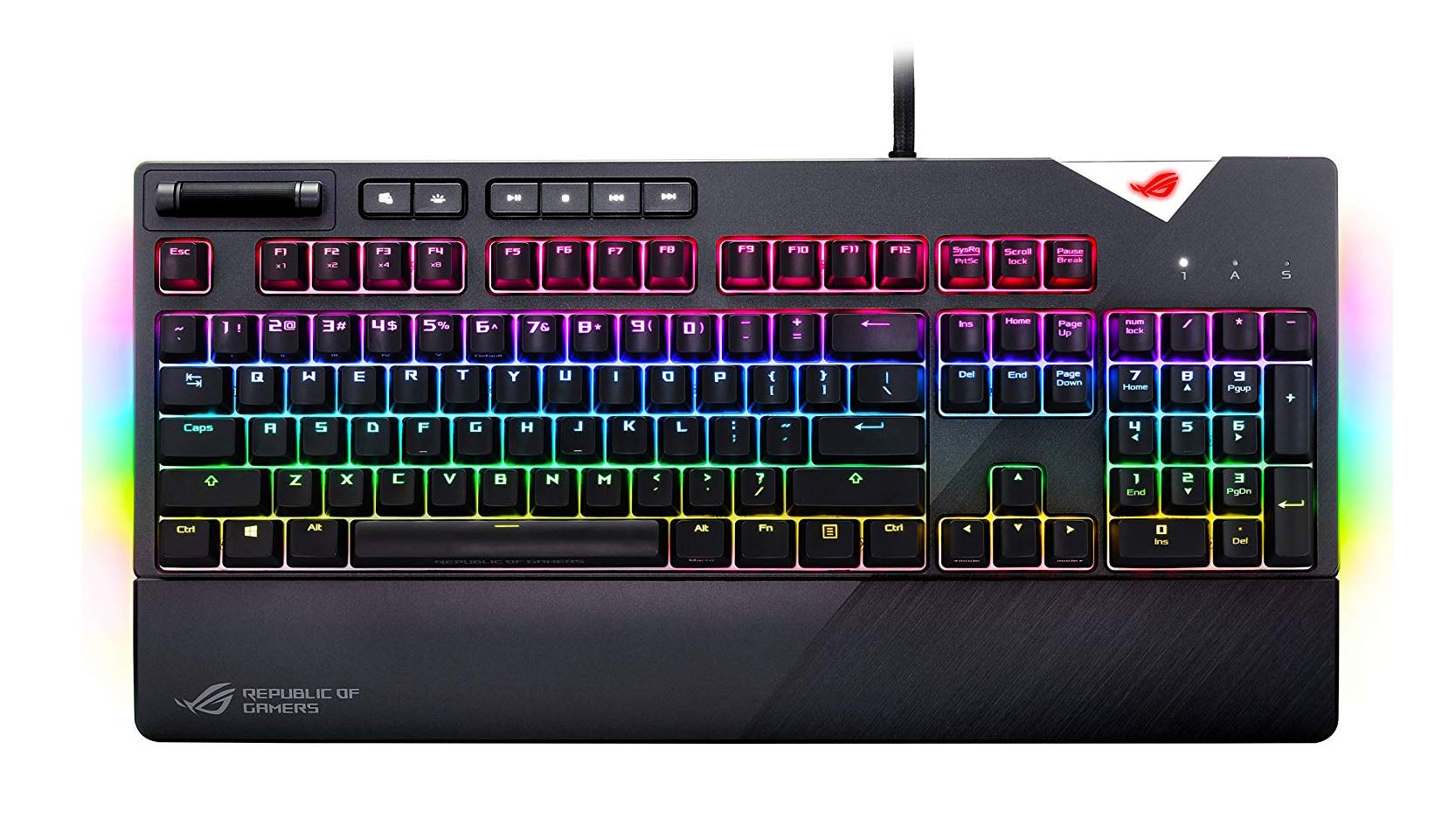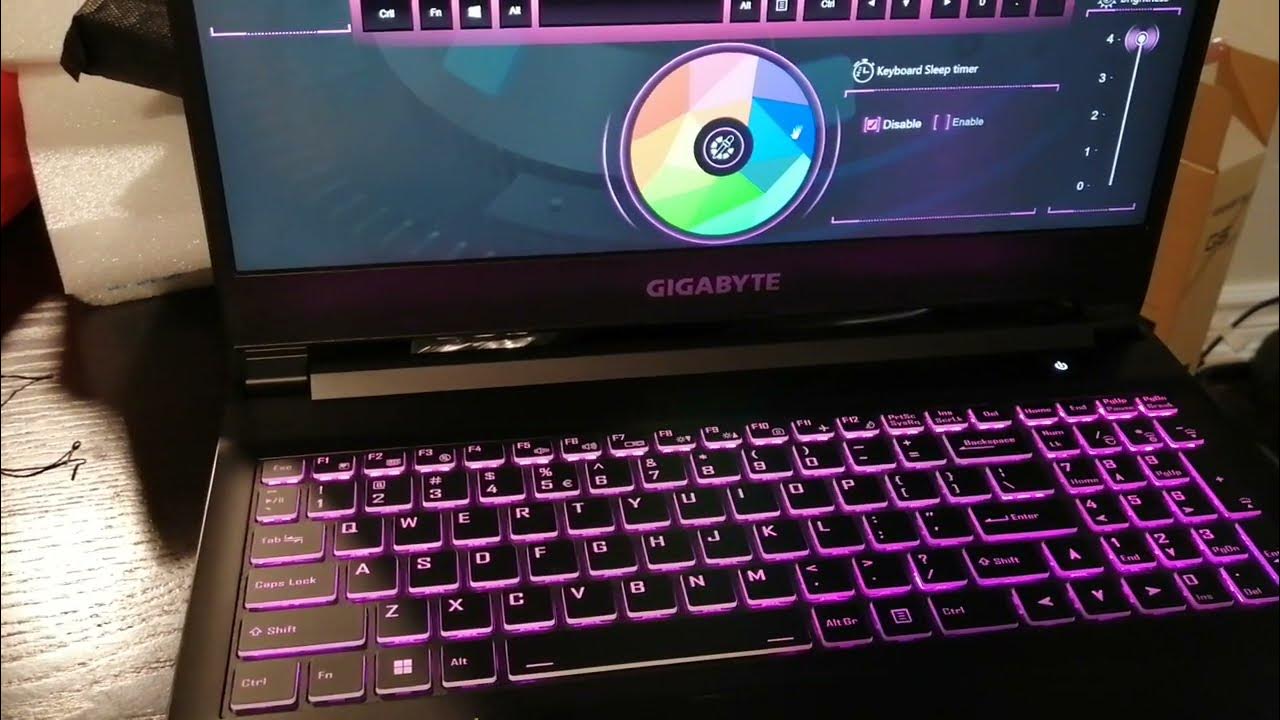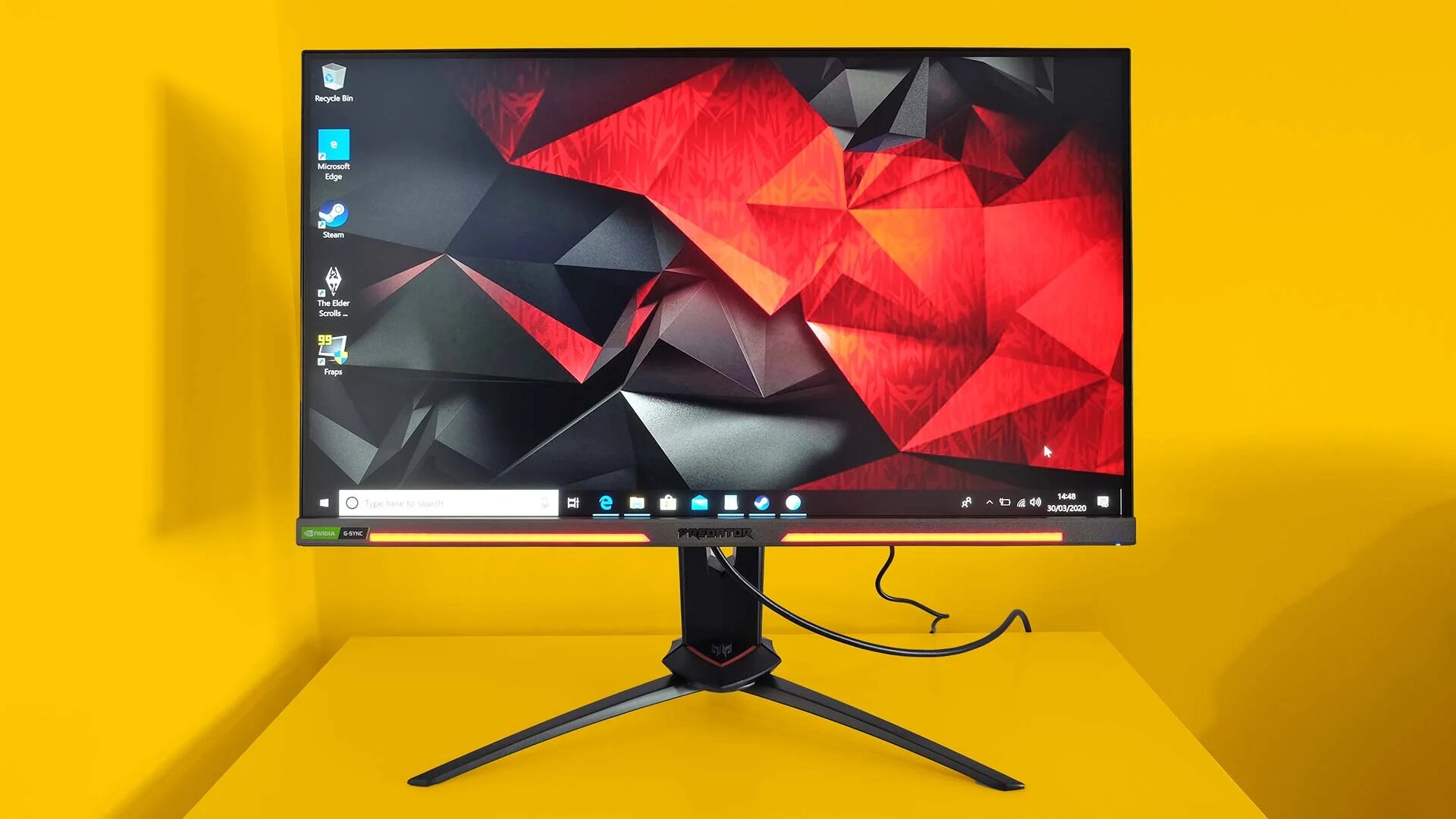What is G-Sync?
G-Sync is a technology developed by NVIDIA that aims to eliminate screen tearing and provide a smoother gaming experience on compatible devices. Traditionally, the refresh rate of a monitor is fixed, while the frame rate delivered by the GPU (graphics processing unit) can vary depending on the demands of the game being played. This mismatch can result in screen tearing, where the monitor displays incomplete frames, causing a visual artifact that can reduce the overall experience.
G-Sync works by dynamically synchronizing the monitor’s refresh rate with the GPU’s frame rate, effectively eliminating screen tearing. This is achieved through the use of a specialized module inside the monitor, known as a G-Sync module. The module communicates with the GPU to ensure that each frame is displayed at the right time, resulting in a seamless and tear-free gaming experience.
One of the main advantages of G-Sync is its ability to provide consistent and smooth gameplay, even when the frame rate drops below the monitor’s refresh rate. This is particularly beneficial in graphically-intensive games where the frame rate can fluctuate. Rather than experiencing jarring frame rate drops, G-Sync ensures that the transition between frames is seamless, maintaining a fluid gaming experience.
G-Sync also reduces input lag, which refers to the delay between a player’s input and the corresponding action on the screen. By synchronizing the GPU and monitor, G-Sync minimizes input lag, resulting in more responsive controls and a more immersive gaming experience.
It is important to note that G-Sync technology is exclusive to NVIDIA graphics cards and requires a compatible monitor to fully utilize its benefits. However, there is also a variant called G-Sync Compatible, which allows certain Adaptive-Sync monitors to work with G-Sync enabled graphics cards.
In summary, G-Sync is a technology designed to eliminate screen tearing and provide a smoother and more responsive gaming experience. By synchronizing the GPU and monitor, G-Sync ensures that frames are displayed at the right time, reducing visual artifacts and maintaining consistent gameplay. It is a highly sought-after feature for gamers who want to achieve the best visual quality and performance on their devices.
Why is G-Sync important for gaming laptops?
G-Sync plays a crucial role in enhancing the gaming experience on laptops by addressing the common issues of screen tearing, input lag, and inconsistent frame rates. Here are the reasons why G-Sync is important for gaming laptops:
1. Eliminates screen tearing: Screen tearing occurs when the monitor displays fragments of multiple frames simultaneously, resulting in a distracting visual artifact. G-Sync synchronizes the monitor’s refresh rate with the GPU’s frame rate, eliminating screen tearing and providing a much smoother and visually pleasing gaming experience.
2. Reduces input lag: Input lag refers to the delay between pressing a button or moving the mouse and seeing the corresponding action on the screen. With G-Sync, input lag is significantly reduced, ensuring quicker response times and more precise control during gameplay. This is particularly crucial in competitive gaming scenarios where split-second reactions can make a difference.
3. Maintains consistent frame rates: In gaming, frame rates can fluctuate depending on the complexity of the game and the capabilities of the hardware. Without G-Sync, sudden drops in frame rates can lead to stuttering and jumpy animations, negatively impacting the gaming experience. G-Sync dynamically adjusts the monitor’s refresh rate, matching it to the GPU’s frame rate, resulting in smoother gameplay even when the frame rate is not consistently high.
4. Enhances visual quality: G-Sync also improves the visual quality of games on laptops. By reducing screen tearing and judder, it creates a more immersive and realistic experience. The smoothness of gameplay allows details to be seen more clearly, making games look more vibrant and lifelike.
5. Compatible with various game settings: G-Sync is compatible with a wide range of resolutions and refresh rates, making it suitable for different gaming preferences. Whether you’re playing graphically-demanding AAA titles or competitive eSports games, G-Sync adapts to provide optimal performance and visual smoothness.
Overall, G-Sync is vital for gaming laptops as it tackles common issues such as screen tearing, input lag, and inconsistent frame rates. By offering a smoother, more responsive, and visually pleasing experience, G-Sync enhances immersion and gameplay quality, allowing gamers to fully enjoy their favorite titles on laptops.
How to check if a gaming laptop has G-Sync?
Checking if a gaming laptop has G-Sync is essential before making a purchase, as it ensures you can take advantage of the technology’s benefits. Here are several methods you can use to determine if a gaming laptop supports G-Sync:
1. Check the manufacturer’s website: Visit the official website of the laptop manufacturer and navigate to the product page of the specific model you are interested in. Look for any mentions of G-Sync in the specifications or features section. Manufacturers often highlight G-Sync compatibility as a selling point, so it should be prominently mentioned if it is supported.
2. Check the laptop’s specifications: If you have access to the laptop’s specifications, either on the manufacturer’s website, product listings, or through a retailer, look for any mention of G-Sync support. Check for specific terms like “NVIDIA G-Sync” or variations such as “G-Sync capable” or “G-Sync ready.” Additionally, verify if the laptop has a compatible NVIDIA graphics card, as G-Sync is exclusive to NVIDIA GPUs.
3. Contact the customer support: If you’re unable to find the information you need on the manufacturer’s website or through online searches, reaching out to the customer support team can provide clarification. Contact the manufacturer’s customer support via email, live chat, or phone, and inquire about G-Sync compatibility for the specific laptop model you’re interested in. They should be able to provide you with accurate information.
4. Use G-Sync compatible software: There are third-party software tools available that can detect if G-Sync is active on a laptop. One such tool is the NVIDIA Control Panel. Install the latest NVIDIA graphics drivers and open the NVIDIA Control Panel. Look for the “Display” or “Set up G-Sync” section and follow the instructions to check if G-Sync is enabled on your laptop.
By combining these methods, you can ensure that you are well-informed about a gaming laptop’s G-Sync compatibility before making a purchase decision. Keep in mind that not all gaming laptops support G-Sync, and it is important to verify the information from reliable sources to avoid any misunderstandings or disappointments.
Method 1: Check the manufacturer’s website
One of the first and easiest ways to determine if a gaming laptop has G-Sync is by visiting the manufacturer’s website. Most reputable laptop manufacturers provide detailed specifications and features for their products, including G-Sync compatibility information. Here’s how you can check the manufacturer’s website:
1. Visit the official website: Go to the official website of the laptop manufacturer. Usually, they have a dedicated section for gaming laptops or a search option where you can find the specific model you’re interested in.
2. Navigate to the product page: Once you have found the gaming laptop you want to check, navigate to its product page. This page should contain in-depth information about the laptop, including its specifications and features.
3. Look for G-Sync mentions: Scroll through the product page and look for any mentions of G-Sync support. Manufacturers often highlight G-Sync as a feature, so it may be stated explicitly. Look for phrases like “NVIDIA G-Sync,” “G-Sync capable,” or “G-Sync ready.” These indicate that the laptop supports G-Sync technology.
4. Check the product specifications: Ensure you go through the detailed specifications of the laptop. Look for any specific mentions of G-Sync under the display or GPU sections. The presence of G-Sync in the specifications confirms that the laptop is equipped with this technology.
5. Verify the graphics card compatibility: G-Sync is exclusive to NVIDIA graphics cards. Make sure that the laptop you’re interested in has a compatible NVIDIA GPU. If it does, there is a higher chance that it will support G-Sync. Look for mention of NVIDIA’s GeForce series or specific GPU models like GTX or RTX.
6. Contact customer support if unsure: If you are unable to find clear information on the manufacturer’s website regarding G-Sync compatibility, reach out to their customer support. They can provide you with accurate and up-to-date information regarding the laptop’s G-Sync capabilities.
Checking the manufacturer’s website is an effective method to determine if a gaming laptop has G-Sync. By carefully reviewing the product page, specifications, and contacting customer support if needed, you can ensure that you have the correct information before making a purchasing decision.
Method 2: Check the laptop’s specifications
Another reliable method to verify if a gaming laptop has G-Sync is by examining its specifications. The specifications of a laptop contain detailed information about its components and features, including G-Sync compatibility. Here’s how you can use this method to determine if a laptop supports G-Sync:
1. Access the laptop’s specifications: Obtain the laptop’s specifications from the manufacturer’s website, product listings, or through a retailer. This information is crucial in determining the laptop’s hardware capabilities, including G-Sync support.
2. Look for specific G-Sync mentions: Carefully review the laptop’s specifications, paying close attention to any explicit mentions of G-Sync support. Look for terms such as “NVIDIA G-Sync,” “G-Sync capable,” or “G-Sync ready.” These indicate that the laptop is designed to work seamlessly with G-Sync technology.
3. Check the GPU compatibility: G-Sync technology is exclusive to NVIDIA graphics cards. Verify if the laptop you’re interested in is equipped with a compatible NVIDIA GPU. Look for specific references to NVIDIA’s GeForce series, GTX or RTX GPUs in the specifications. A compatible NVIDIA GPU significantly increases the likelihood of G-Sync support.
4. Cross-reference with official G-Sync compatibility lists: Some laptop manufacturers may not explicitly mention G-Sync support in their specifications, but their laptops may still be compatible. NVIDIA maintains an official list of G-Sync compatible laptops on their website. Cross-reference the laptop model you’re interested in with this list to confirm its G-Sync compatibility.
5. Consider references to Adaptive-Sync or FreeSync: In some cases, laptops may not explicitly mention G-Sync, but instead mention Adaptive-Sync or FreeSync. These technologies are alternative solutions to G-Sync that provide similar benefits. Although not G-Sync specific, these technologies can still enhance the gaming experience by reducing screen tearing and maintaining smooth gameplay.
6. Seek professional opinions and reviews: If you’re still uncertain about the G-Sync capability of a specific laptop, consult professional reviews and forums. Tech experts and gaming enthusiasts often provide insights into the G-Sync performance and compatibility of different laptop models.
By thoroughly analyzing the laptop’s specifications and cross-referencing with official G-Sync compatibility lists, you can determine if a gaming laptop supports G-Sync. Remember to consider the GPU compatibility and alternative technologies like Adaptive-Sync or FreeSync, and seek additional information from reliable sources if needed.
Method 3: Contact the customer support
If you’re unable to find clear information about G-Sync compatibility for a gaming laptop through other methods, contacting the manufacturer’s customer support is an effective way to get accurate and up-to-date information. Here’s how you can use this method to determine if a laptop supports G-Sync:
1. Locate the customer support contact: Visit the manufacturer’s website and look for their customer support contact details. This may include options such as live chat, email, or phone support.
2. Prepare the necessary information: Before reaching out to customer support, gather the essential details about the gaming laptop you are interested in. This includes the specific model name or number, as well as any other relevant information you may have, such as the GPU model.
3. Reach out to customer support: Initiate contact with the customer support team through the available channels. Clearly state your inquiry, expressing your interest in the G-Sync compatibility of the laptop model in question. Provide the necessary details to help the support team assist you effectively.
4. Ask for G-Sync confirmation: Inquire about the G-Sync compatibility of the laptop and ask for confirmation from the customer support representative. They should be able to provide you with accurate information based on the laptop’s specifications and available documentation.
5. Seek further clarification if needed: If the customer support representative confirms G-Sync compatibility, you can proceed with confidence. However, if there is any ambiguity or uncertainty in their response, don’t hesitate to seek further clarification. Ask for specific details or references to support their statements.
6. Take notes and record the conversation: During your interaction with customer support, take notes of the information they provide. This will help you remember the details and serve as a reference if needed in the future.
By directly contacting the manufacturer’s customer support, you can obtain first-hand information about G-Sync compatibility for a specific gaming laptop. Customer support representatives are knowledgeable about their product offerings and can provide accurate details, ensuring you have the most up-to-date information to make an informed decision.
Method 4: Use G-Sync compatible software
If you’re still unsure about a gaming laptop’s G-Sync compatibility, you can utilize G-Sync compatible software as an additional method to verify its support. Here’s how you can use this method:
1. Install the latest NVIDIA graphics drivers: Start by ensuring that your laptop has the latest NVIDIA graphics drivers installed. You can download the drivers directly from the NVIDIA website or use the GeForce Experience software to update your drivers to the latest version.
2. Open the NVIDIA Control Panel: Once the drivers are up to date, open the NVIDIA Control Panel. You can access it by right-clicking on the desktop and selecting “NVIDIA Control Panel” from the context menu.
3. Navigate to the Display section: In the NVIDIA Control Panel, navigate to the “Display” tab or section, where you can find various settings related to your monitor and display configurations.
4. Check for G-Sync settings: Look for a subsection or option related to G-Sync. Depending on the Control Panel version and your system configuration, it may be labeled as “Set up G-Sync,” “G-Sync settings,” or something similar.
5. Enable G-Sync if available: If G-Sync settings are present, enable G-Sync for your monitor. Depending on the software version, you may have the option to enable G-Sync for both full-screen and windowed modes. Ensure that the G-Sync option is turned on.
6. Verify G-Sync operation: After enabling G-Sync, run a game or a graphics-intensive application on your laptop. Observe the visual experience and check if there is any noticeable reduction in screen tearing or improvement in smoothness. If G-Sync is working correctly, you should experience a more seamless and tear-free gaming experience.
Note: Keep in mind that this method is not foolproof, as the software may not always indicate G-Sync compatibility accurately. Therefore, it is still recommended to cross-reference with other methods to confirm G-Sync support.
By utilizing G-Sync compatible software, such as the NVIDIA Control Panel, you can enable G-Sync on your laptop and observe its effects on screen tearing and smoothness during gameplay. While not a definitive method, this can provide additional confirmation and reassurance of a laptop’s G-Sync compatibility.
Conclusion
Knowing whether a gaming laptop has G-Sync is essential for gamers who want a smooth and visually immersive gaming experience. By utilizing various methods, you can determine if a laptop supports G-Sync before making a purchase. Here’s a recap of the methods discussed:
1. Check the manufacturer’s website: Visit the official website of the laptop manufacturer and look for explicit mentions of G-Sync support in the product page or specifications.
2. Check the laptop’s specifications: Review the detailed specifications of the laptop, looking for specific references to G-Sync support or compatible NVIDIA graphics cards.
3. Contact the customer support: Reach out to the manufacturer’s customer support and inquire about G-Sync compatibility for the specific laptop model you’re interested in. They can provide accurate information regarding G-Sync support.
4. Use G-Sync compatible software: Install the latest NVIDIA graphics drivers and navigate to the NVIDIA Control Panel to enable G-Sync. Verify its functionality by observing improvements in screen tearing and overall smoothness during gameplay.
Combining these methods will help you make an informed decision and ensure that the gaming laptop you choose is equipped with G-Sync, providing a tear-free, responsive, and visually captivating gaming experience.
Remember, G-Sync is a technology exclusive to NVIDIA graphics cards, and it requires a compatible monitor or laptop with a G-Sync module. Always ensure that the laptop’s specifications and G-Sync compatibility align with your gaming preferences before finalizing your purchase.
By following these methods and doing thorough research, you can confidently select a gaming laptop with G-Sync support, unlocking a more immersive and fluid gaming experience for your gaming adventures.







